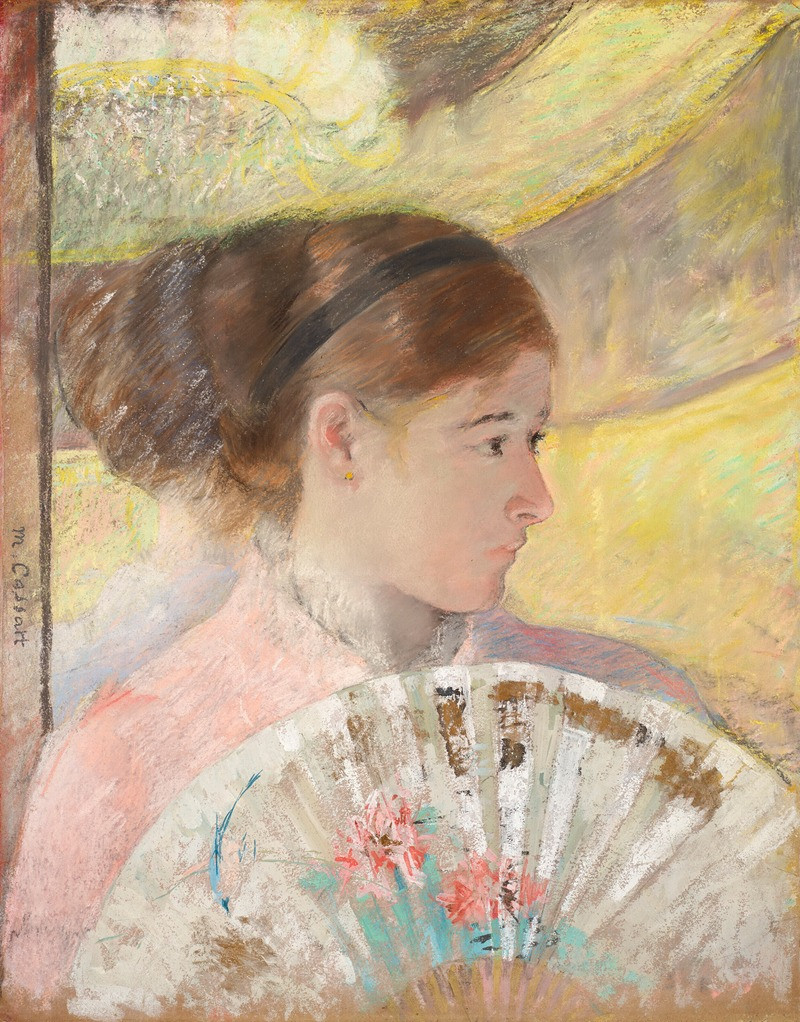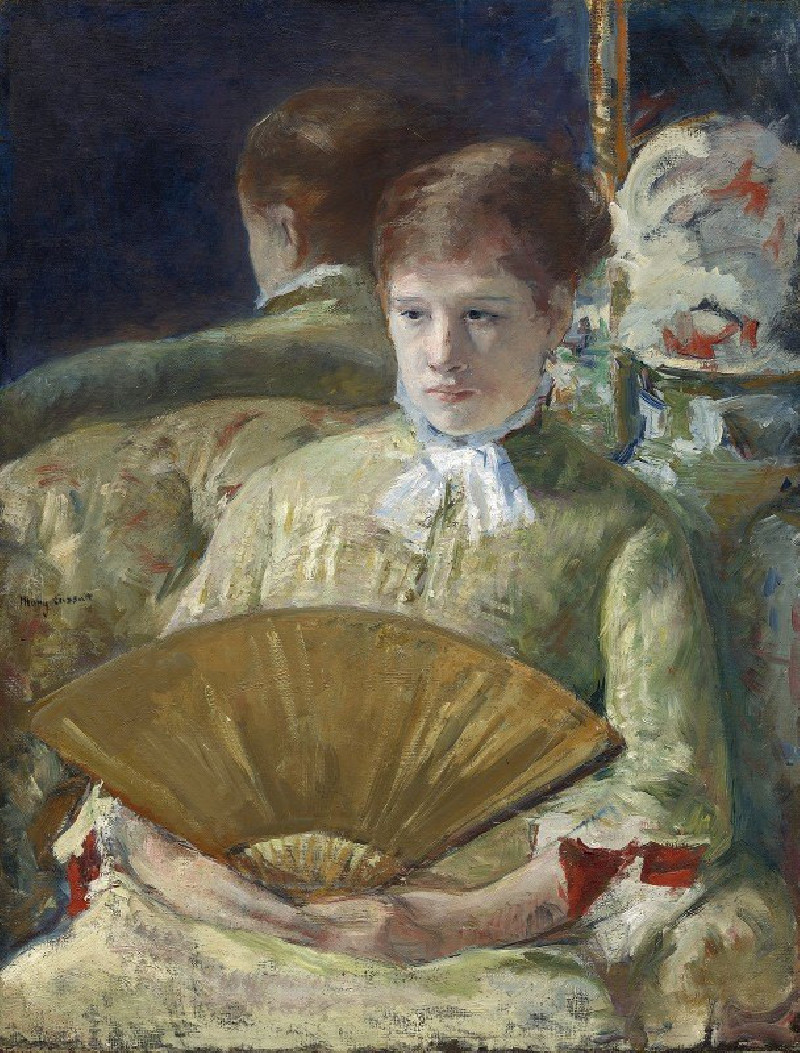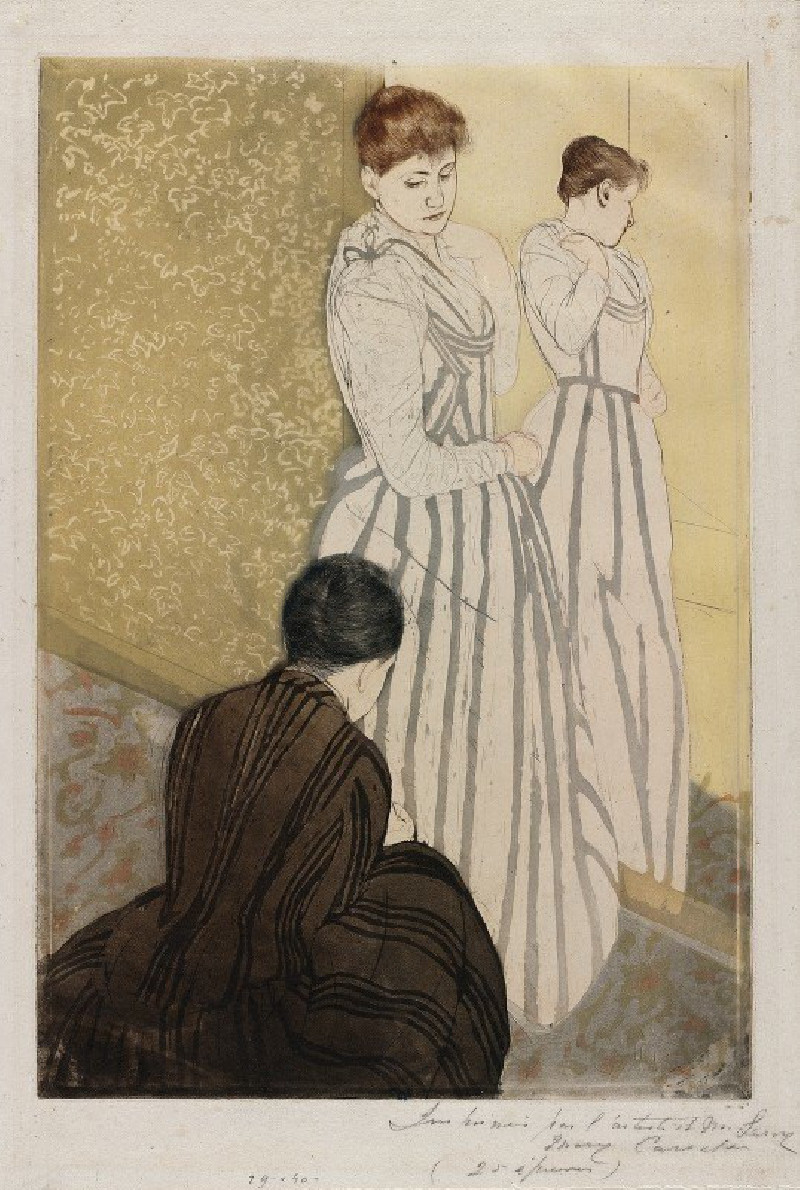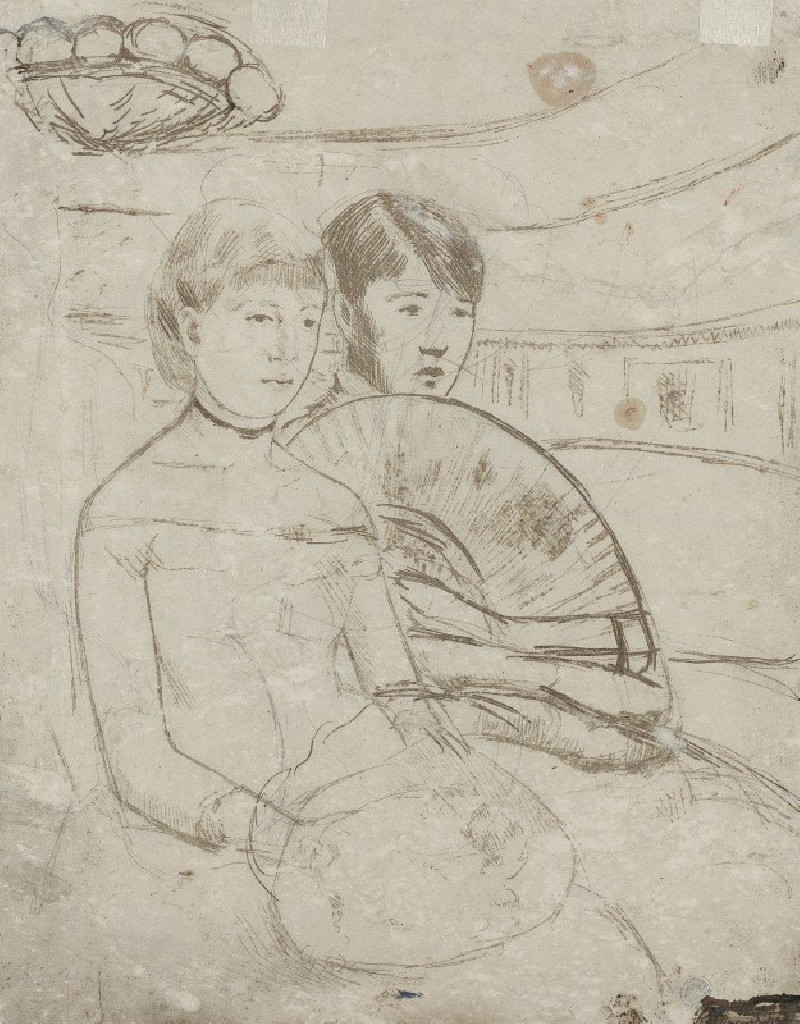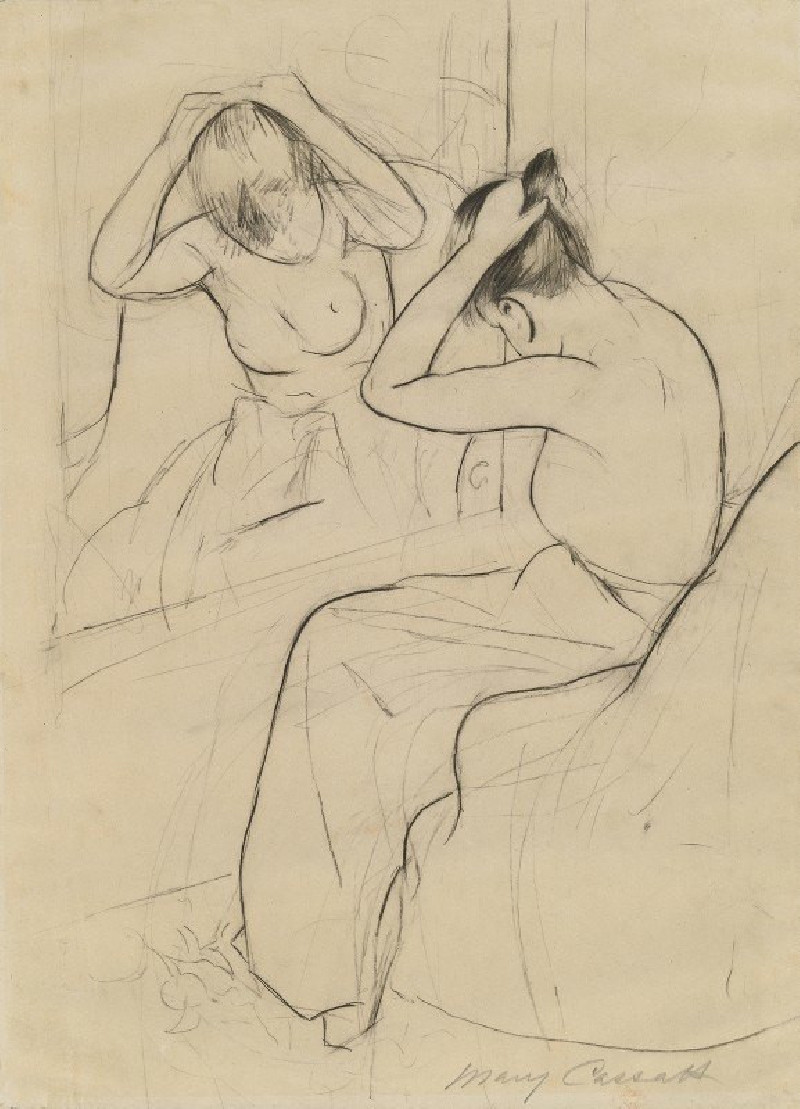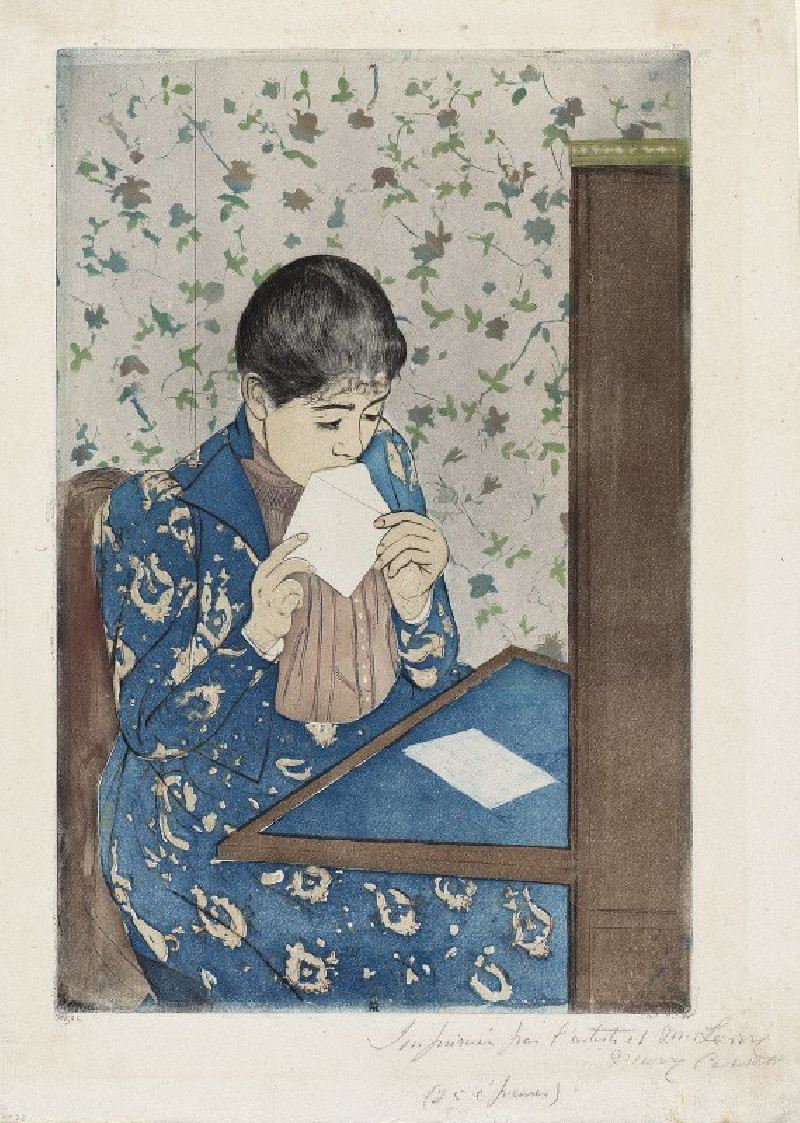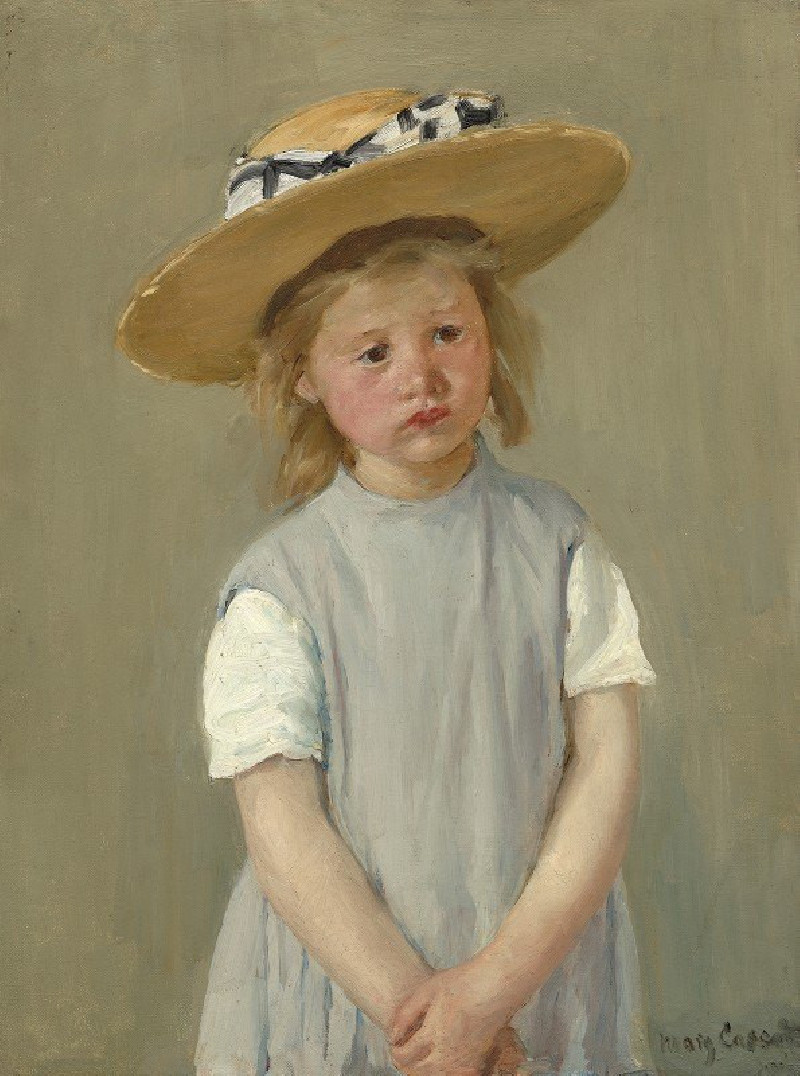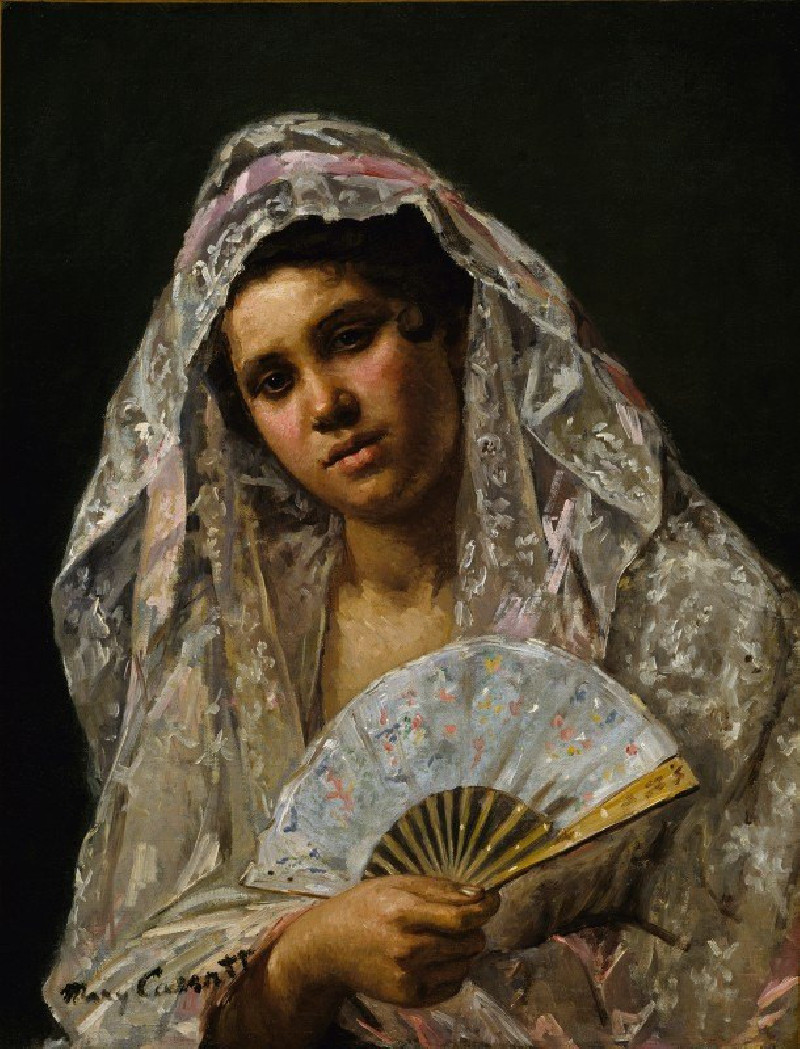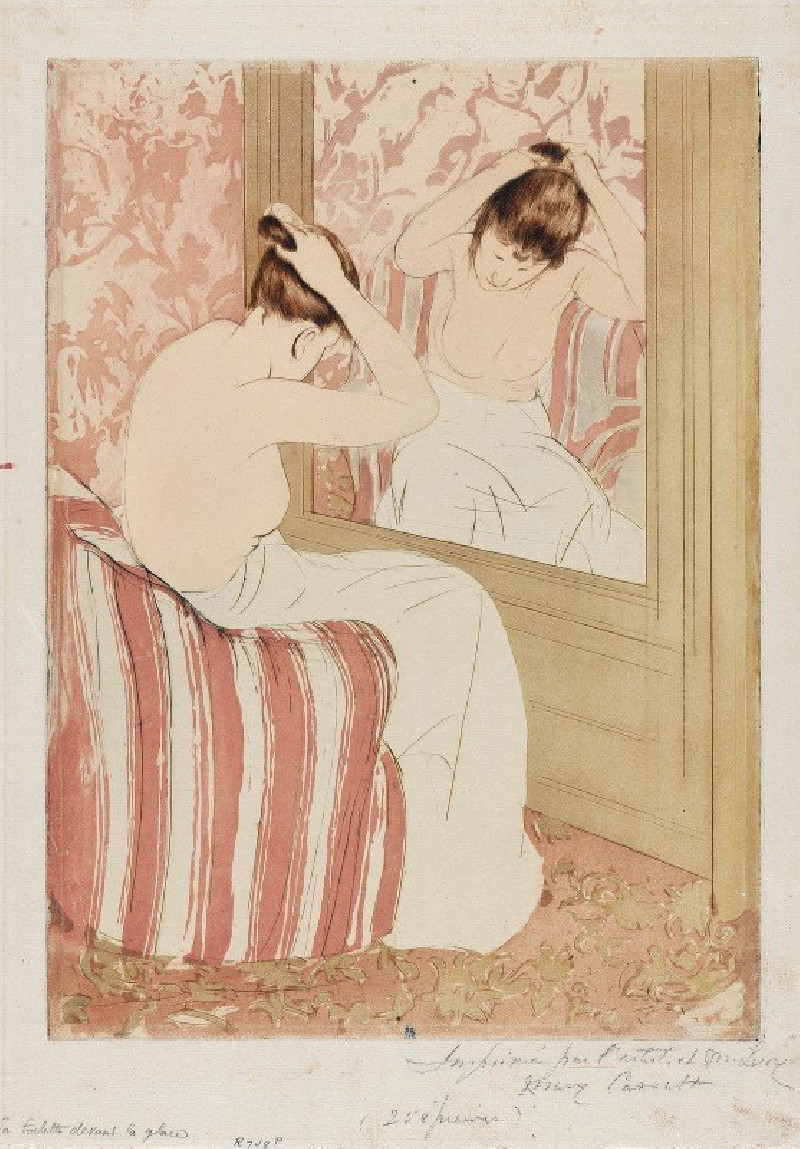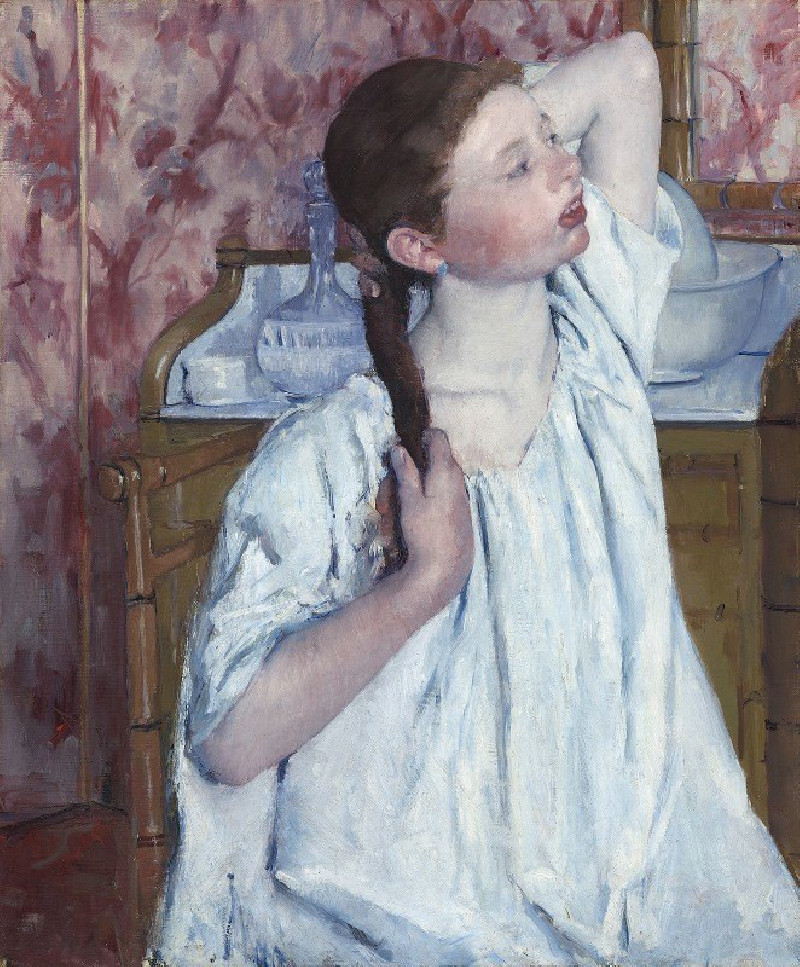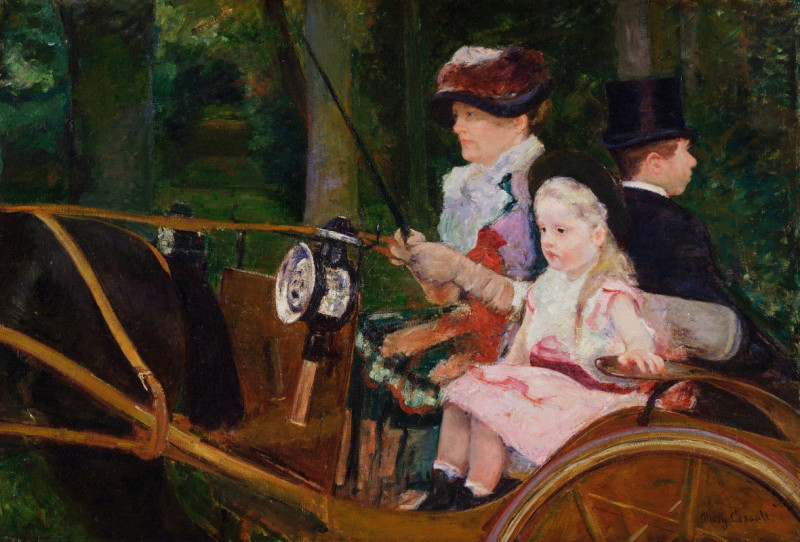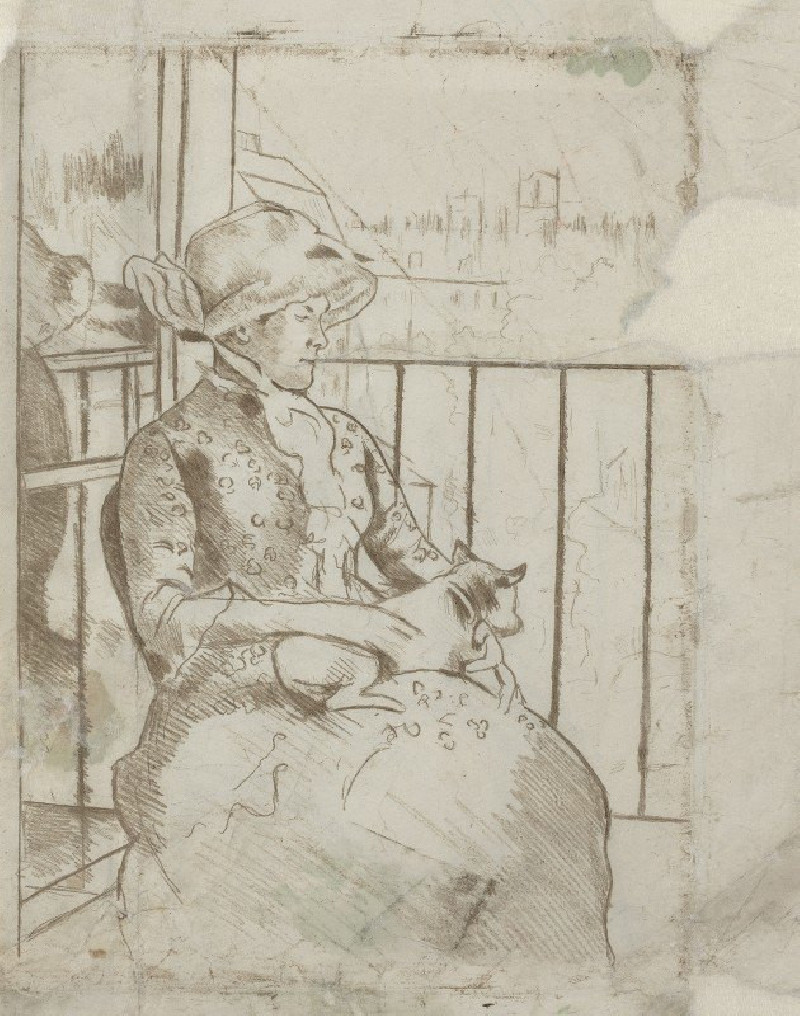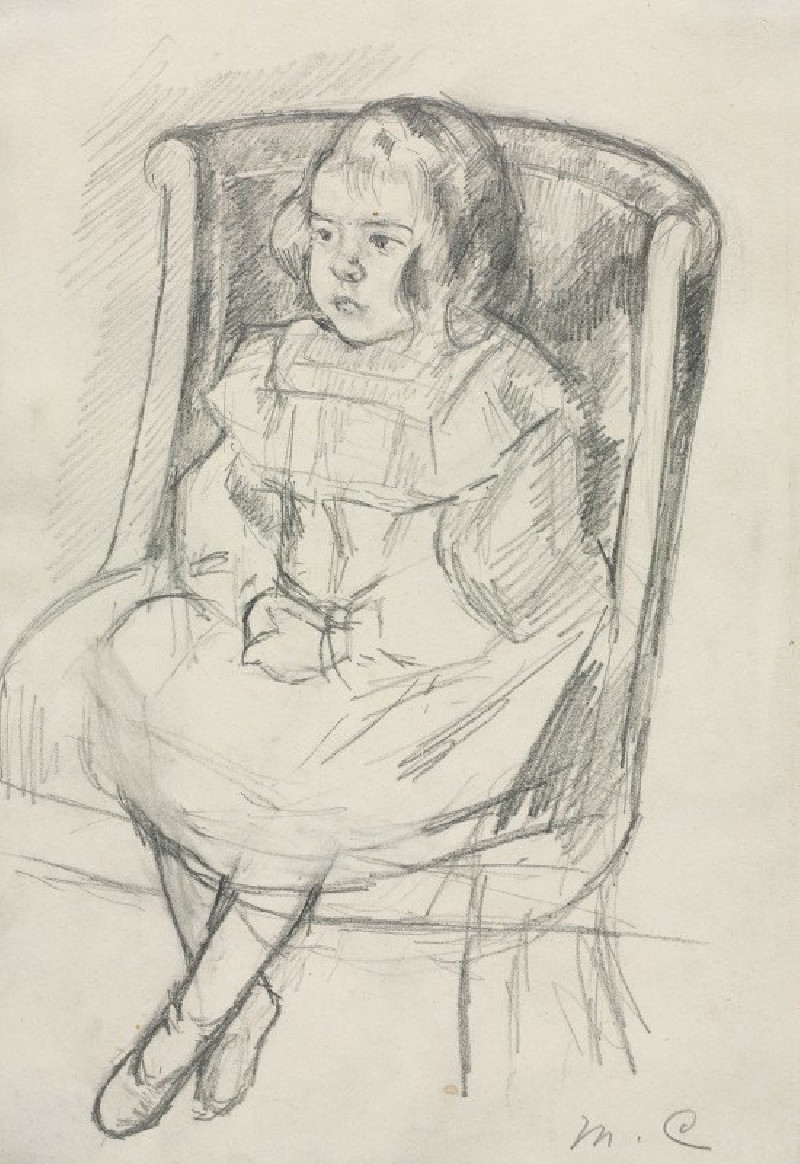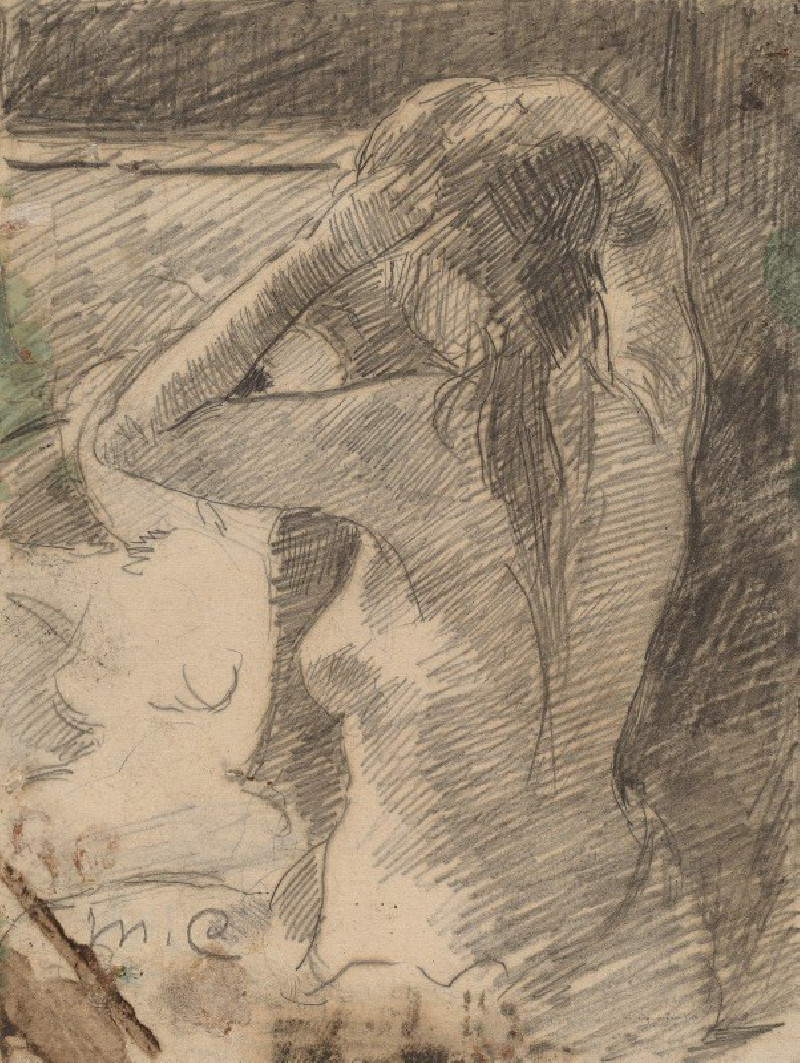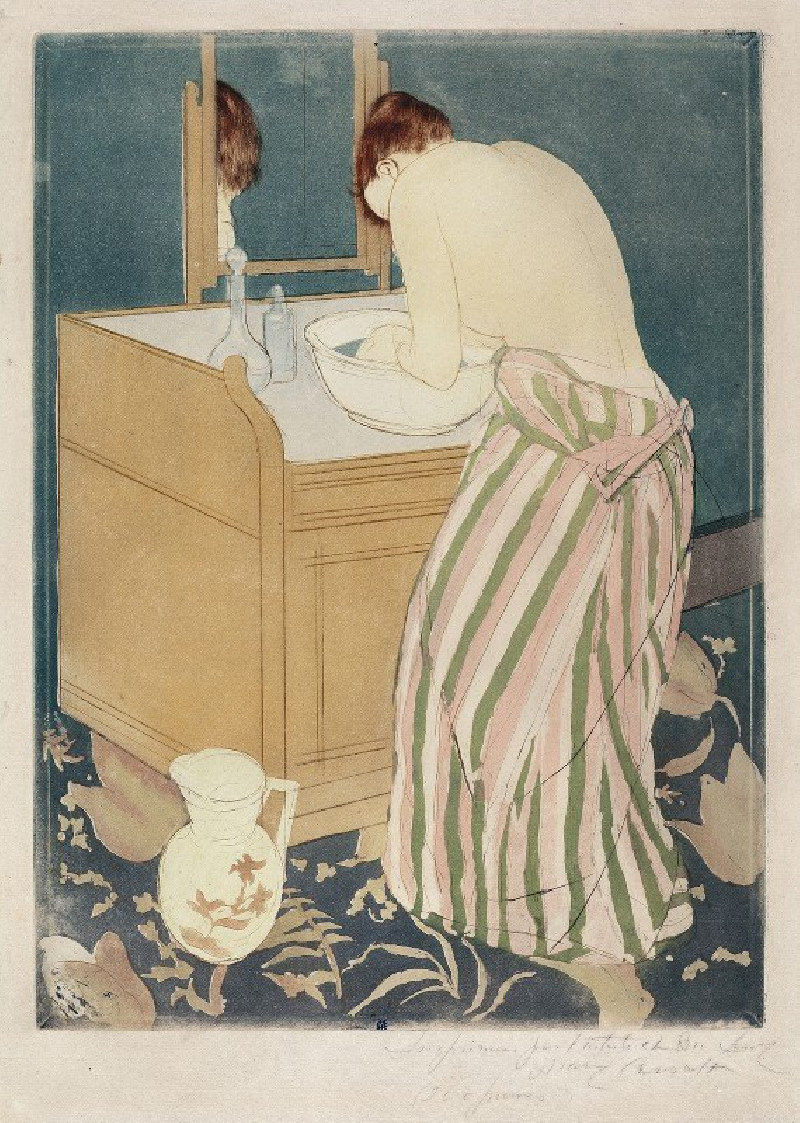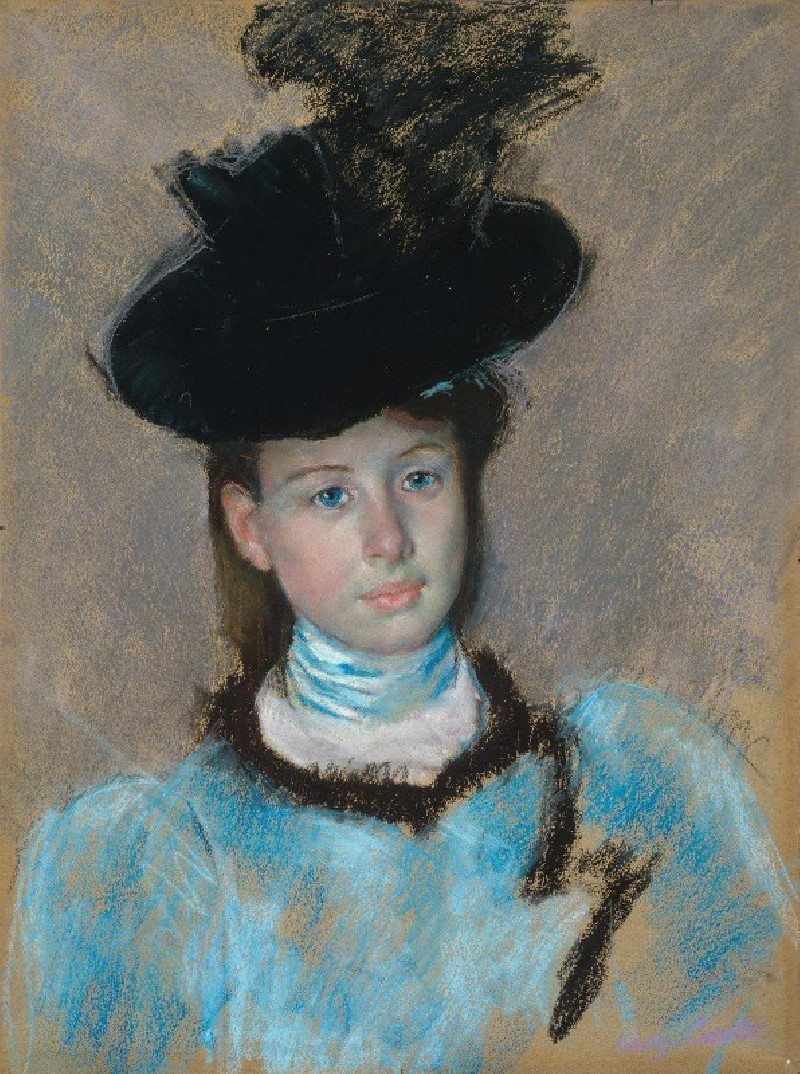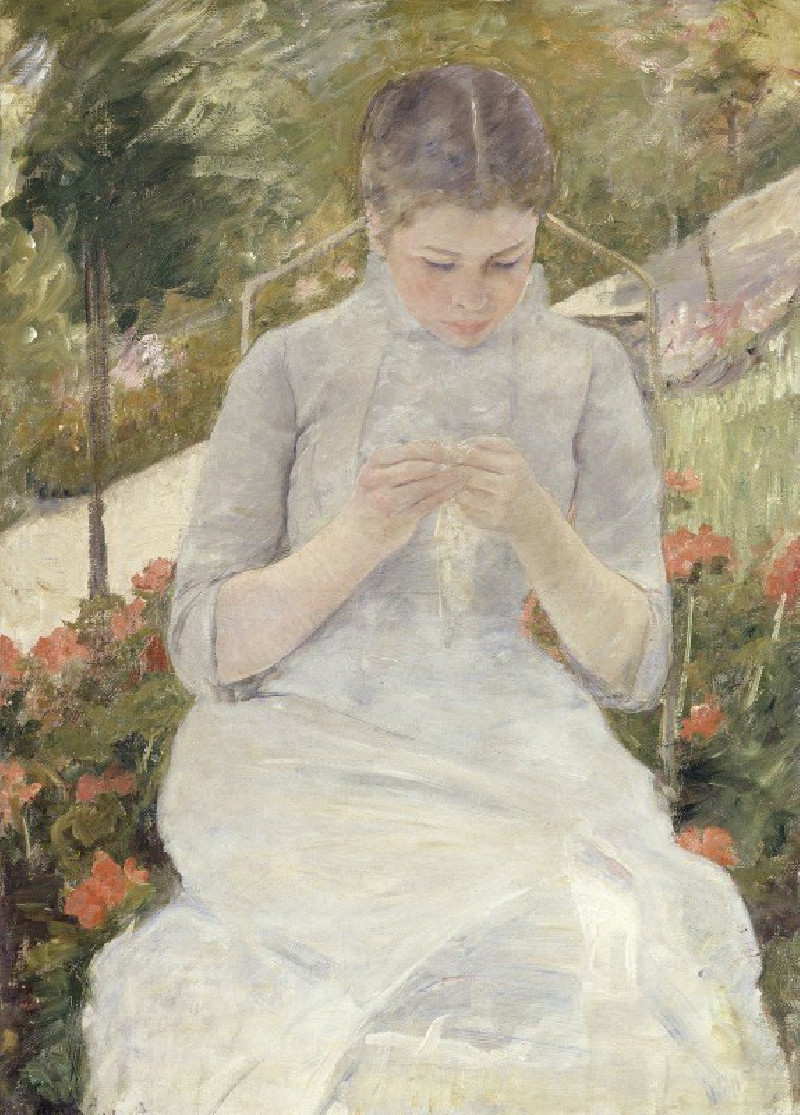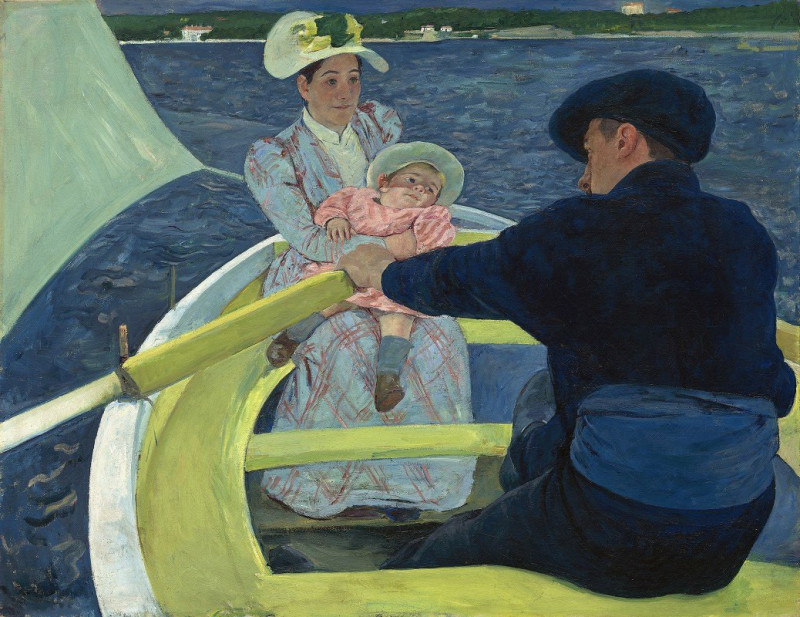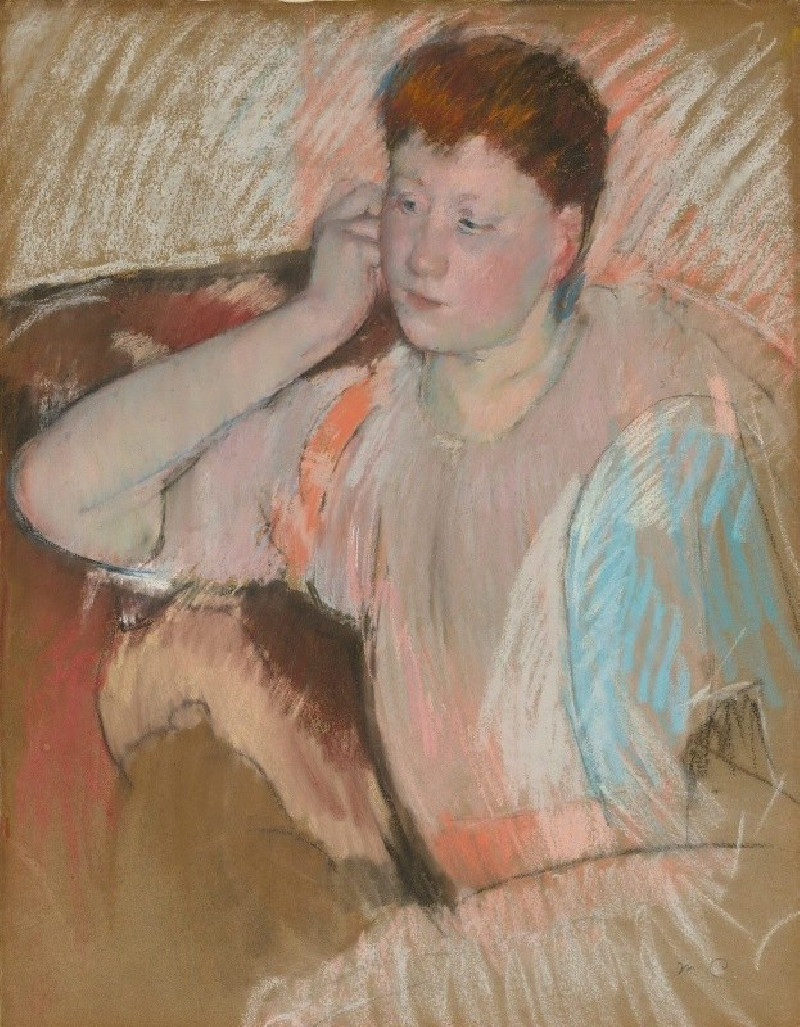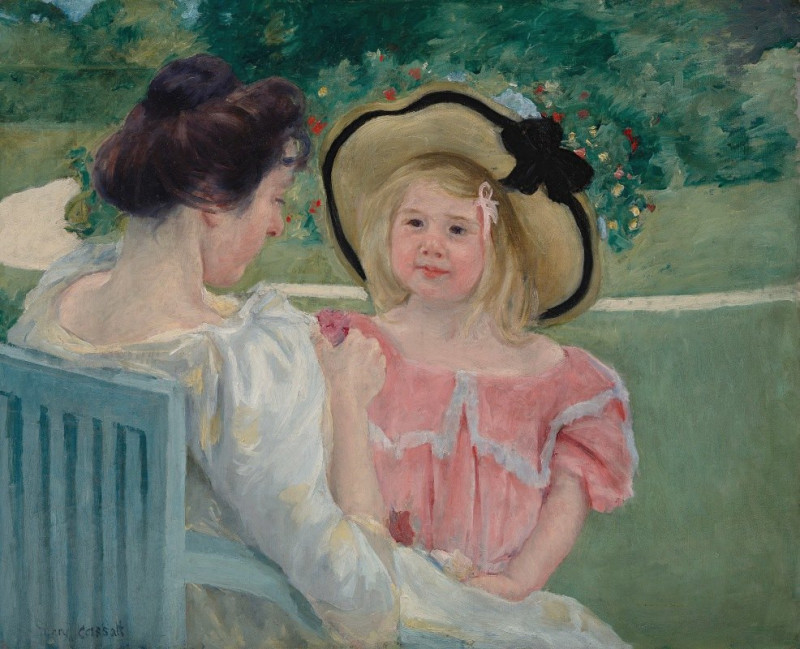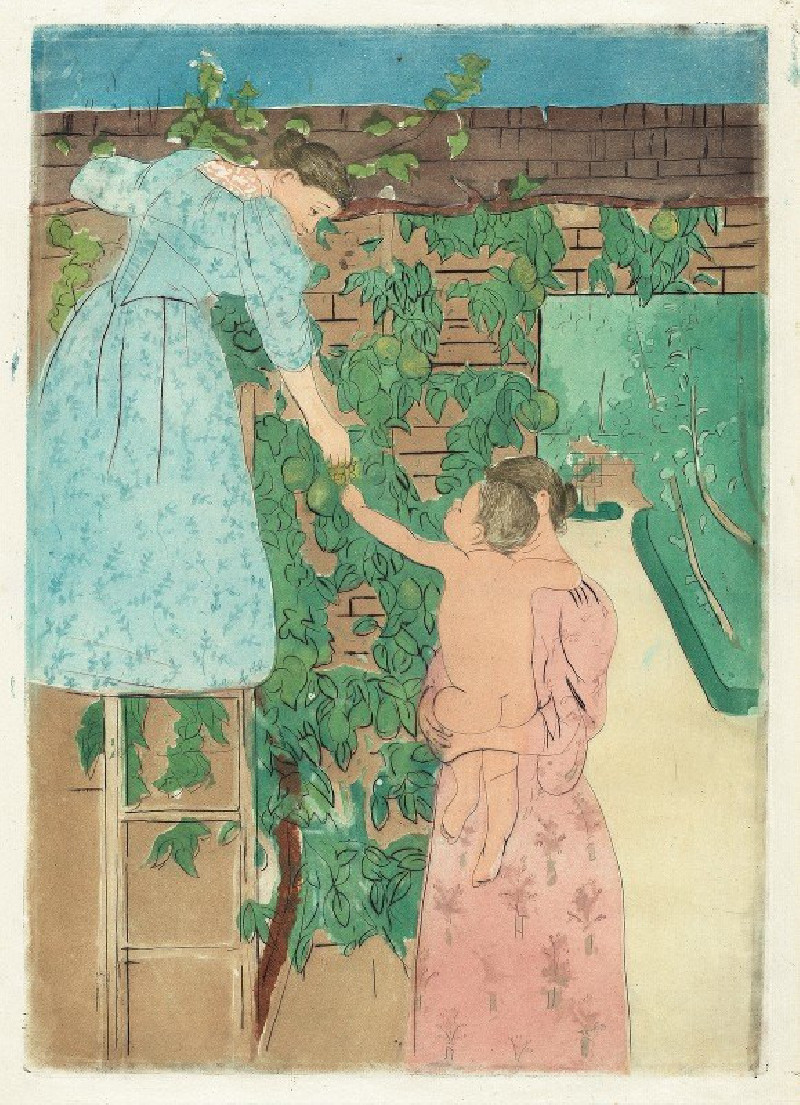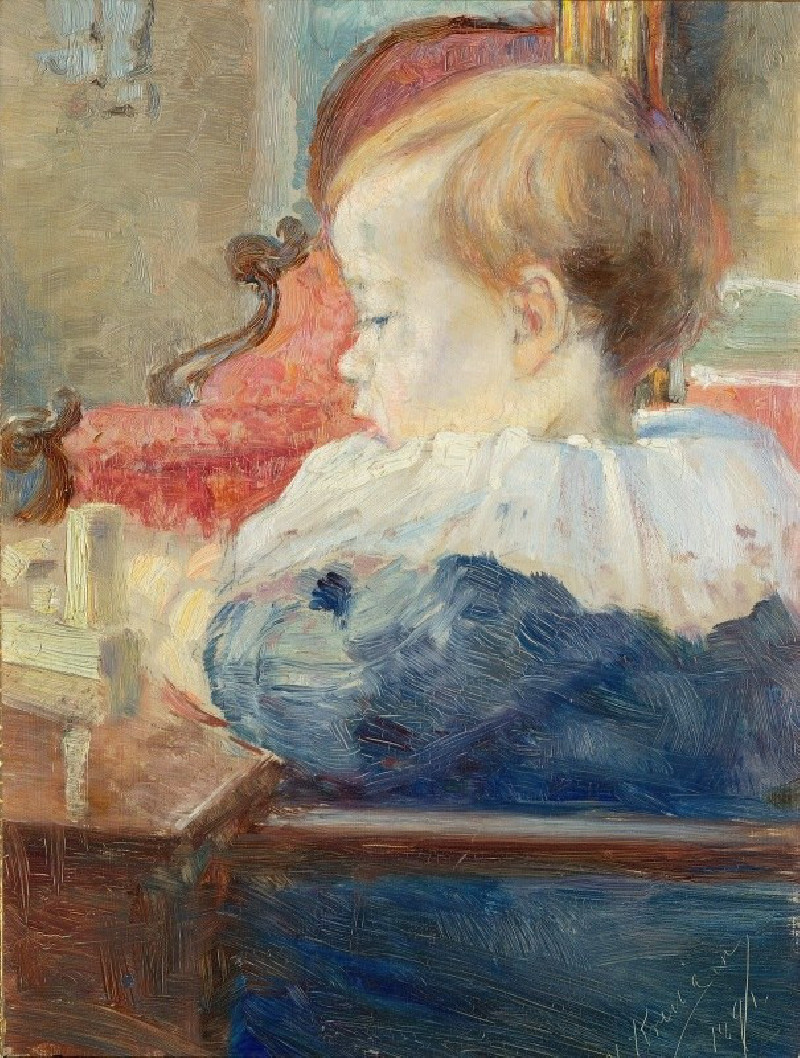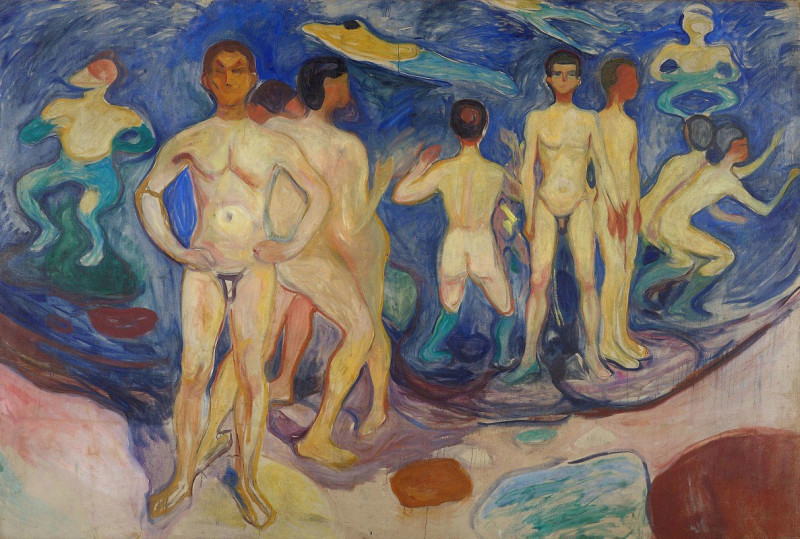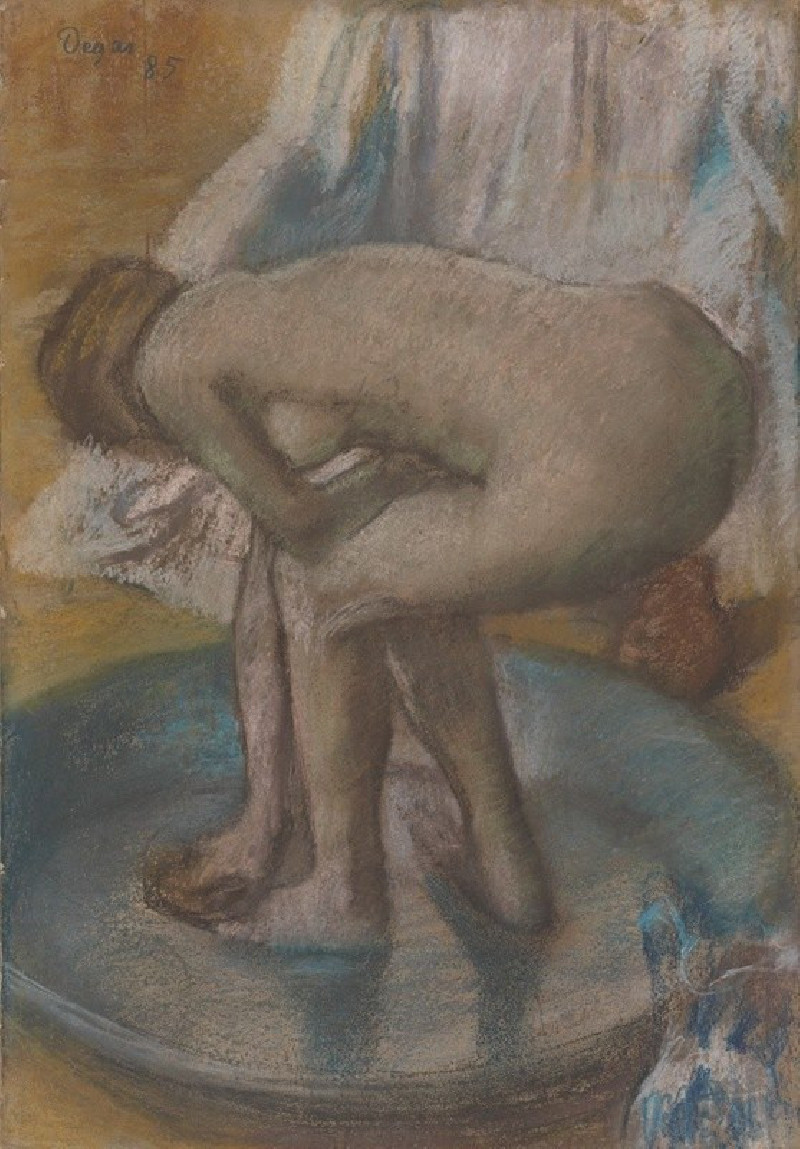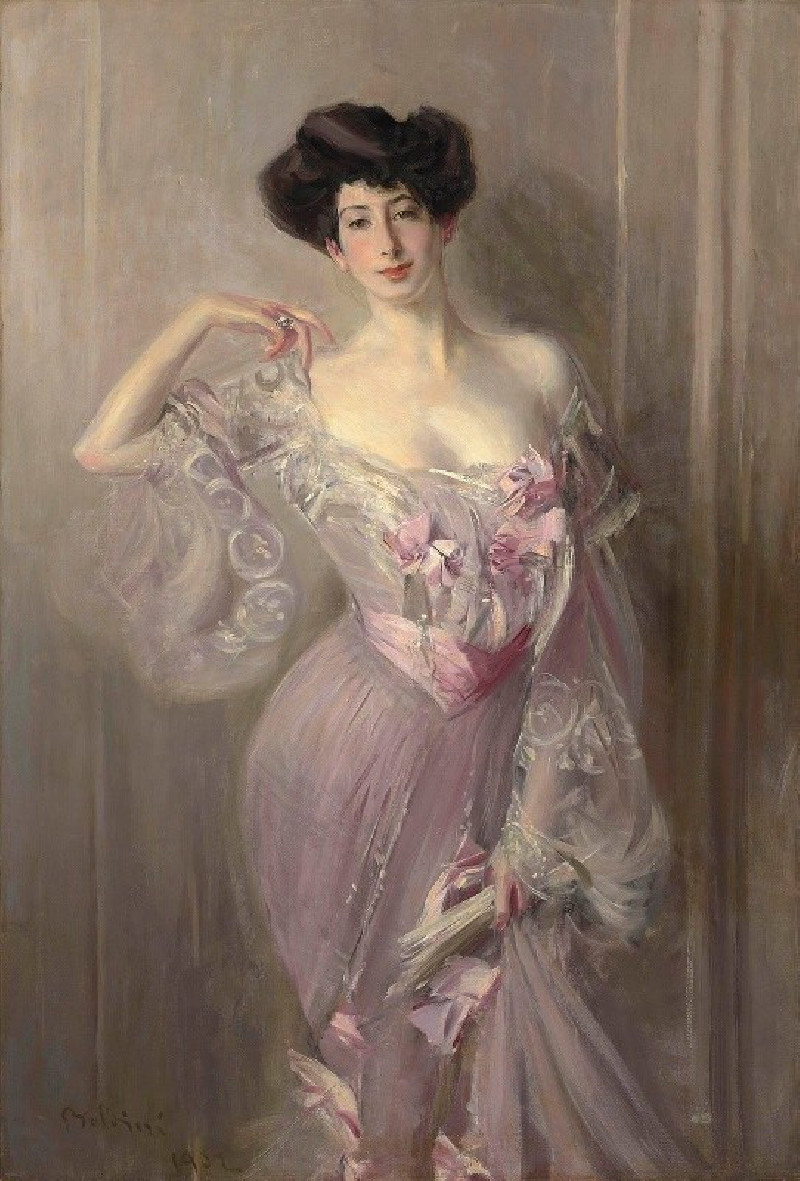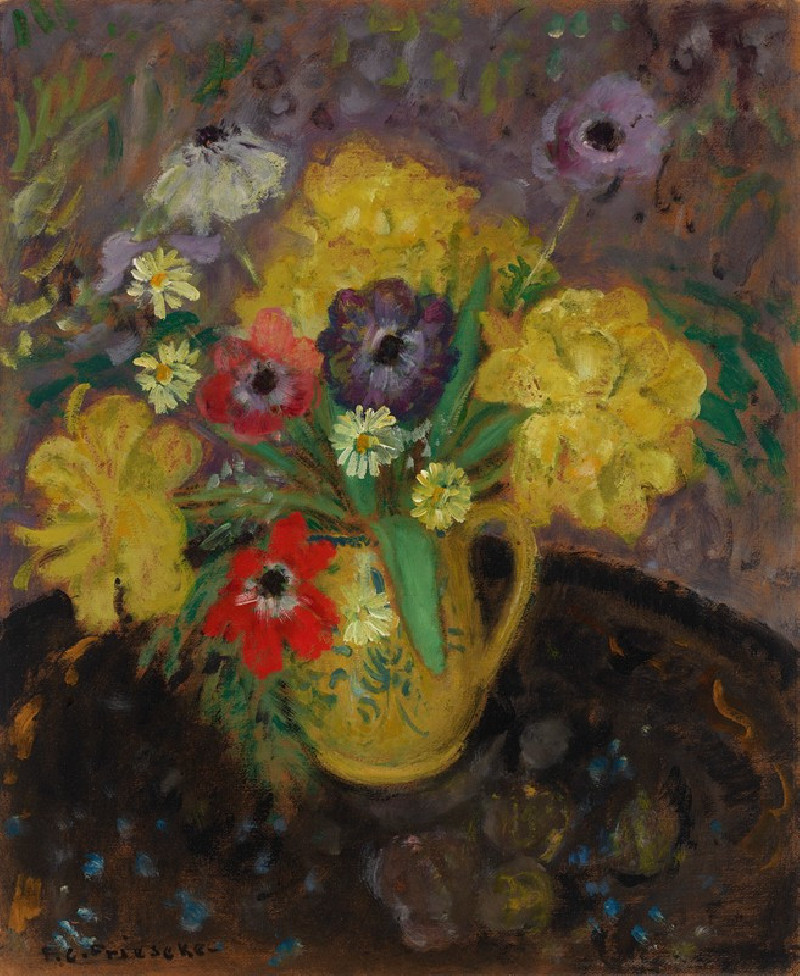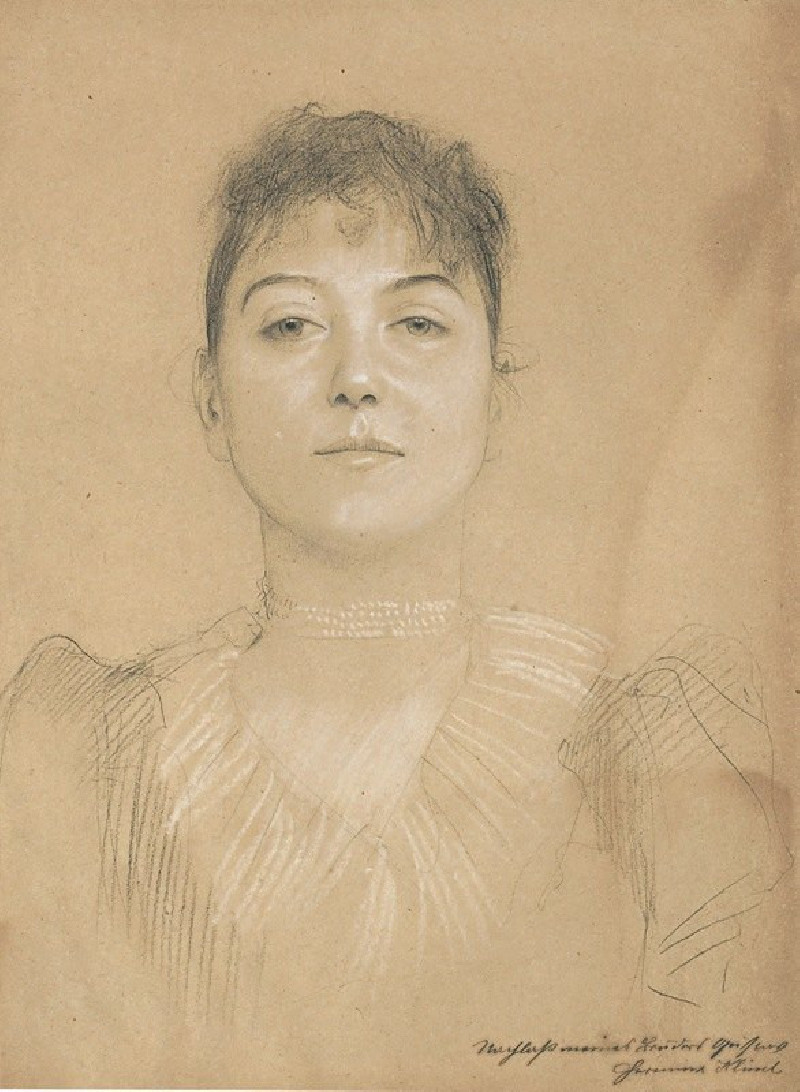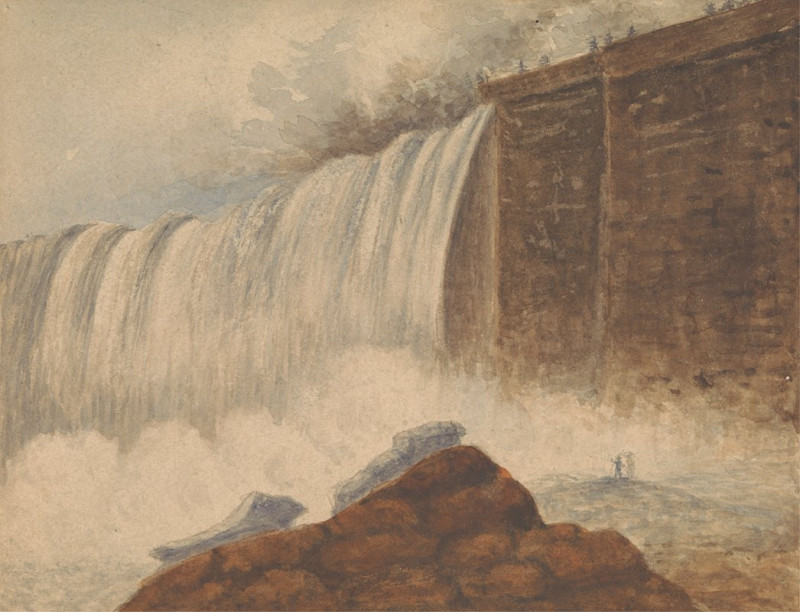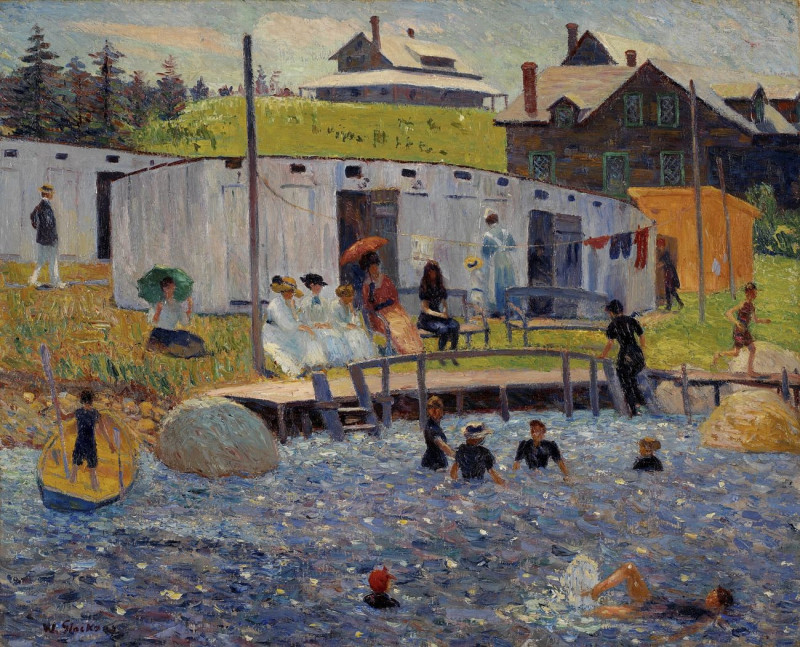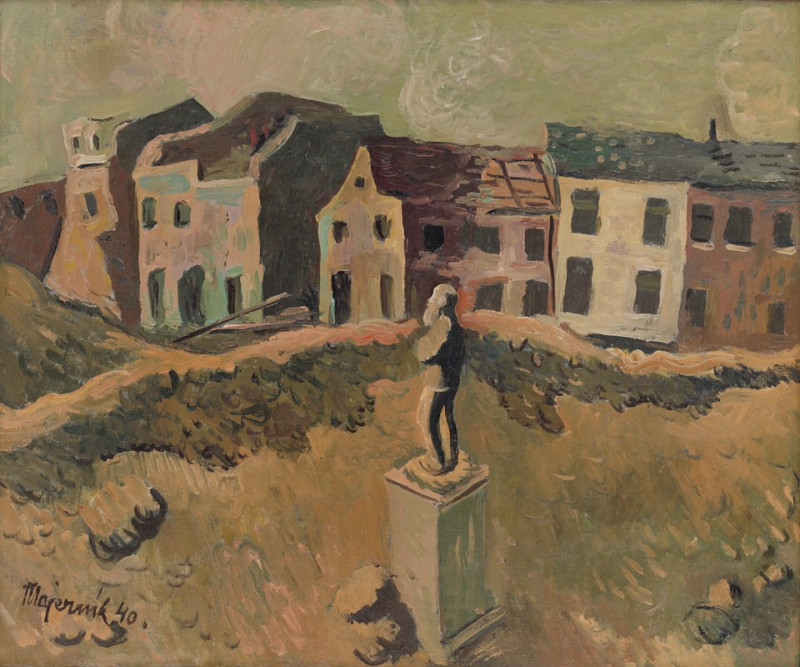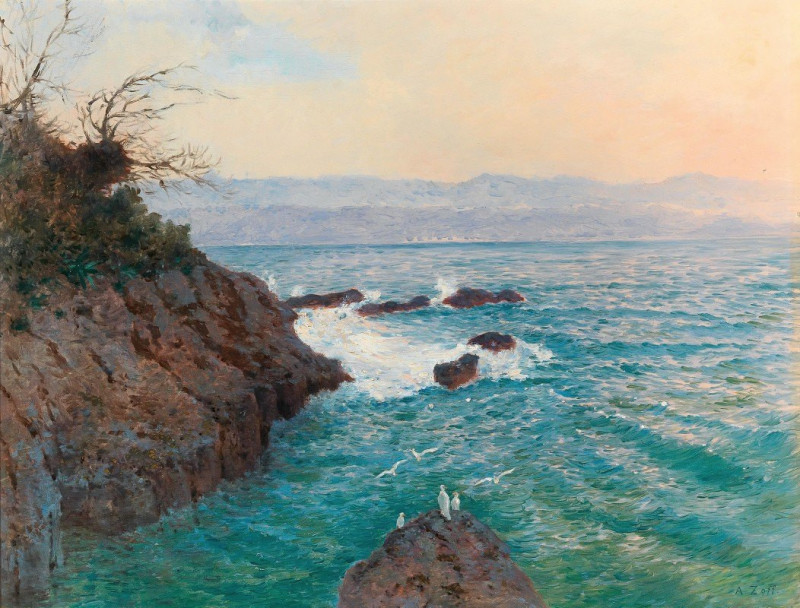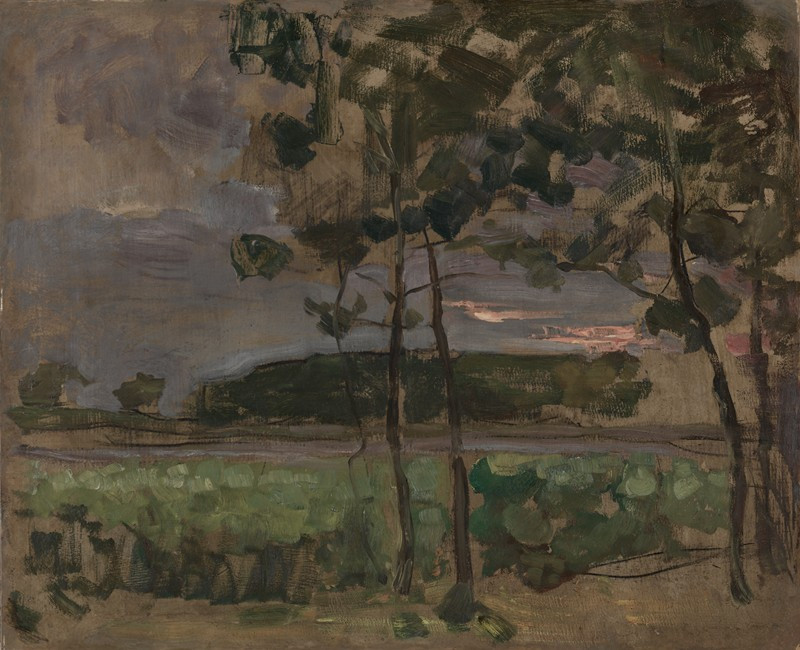Young Lady in a Loge Gazing to Right (circa 1878-79)
Technique: Giclée quality print
Recommended by our customers
More about this artwork
Dive into the delicate world of Mary Cassatt with her captivating painting, "Young Lady in a Loge Gazing to Right" from around 1878-79. This painting showcases Cassatt's remarkable ability to capture the subtleties of social and private moments.The artwork presents a young woman, viewed in profile, as she peers to the right, her attention seemingly caught by a sight beyond the canvas. The setting suggests she is in a theater's loge, a private box, which is hinted by the elegant, blurry drapery and the distant, indistinct murmurs of an audience conveyed through Cassatt’s soft, pastel-like strokes in the background.The woman's contemplative expression is finely rendered, inviting viewers to ponder what might have captured her gaze. Attention is drawn particularly to the faint blush on her cheeks and the detailed texture of her hair, pinned up elegantly, reflecting the norms of feminine beauty and attire of the time.One of the painting’s striking features is the fan she holds—an exquisitely detailed piece, adorned with floral motifs. Fans were fashionable accessories during Cassatt’s era, often used not just for practical purposes but also as tools in the subtle art of communication through gestures. The vivid coloring and prominence of the fan in the composition may suggest its significance in the scene being depicted.Mary Cassatt, an American painter and printmaker, stands out as one of the few female Impressionists and was pivotal in shaping the movement. Her works frequently focus on the social and private lives of women, with an emphasis on the intimate bonds between them.
Delivery
Returns
Mary Stevenson Cassatt was an American painter and printmaker. She was born in Allegheny City, Pennsylvania (now part of Pittsburgh’s North Side), but lived much of her adult life in France where she befriended Edgar Degas and exhibited with the Impressionists. Cassatt often created images of the social and private lives of women, with particular emphasis on the intimate bonds between mothers and children.
She was described by Gustave Geffroy as one of "les trois grandes dames" (the three great ladies) of Impressionism alongside Marie Bracquemond and Berthe Morisot.In 1879, Diego Martelli compared her to Degas, as they both sought to depict movement, light, and design in the most modern sense.

